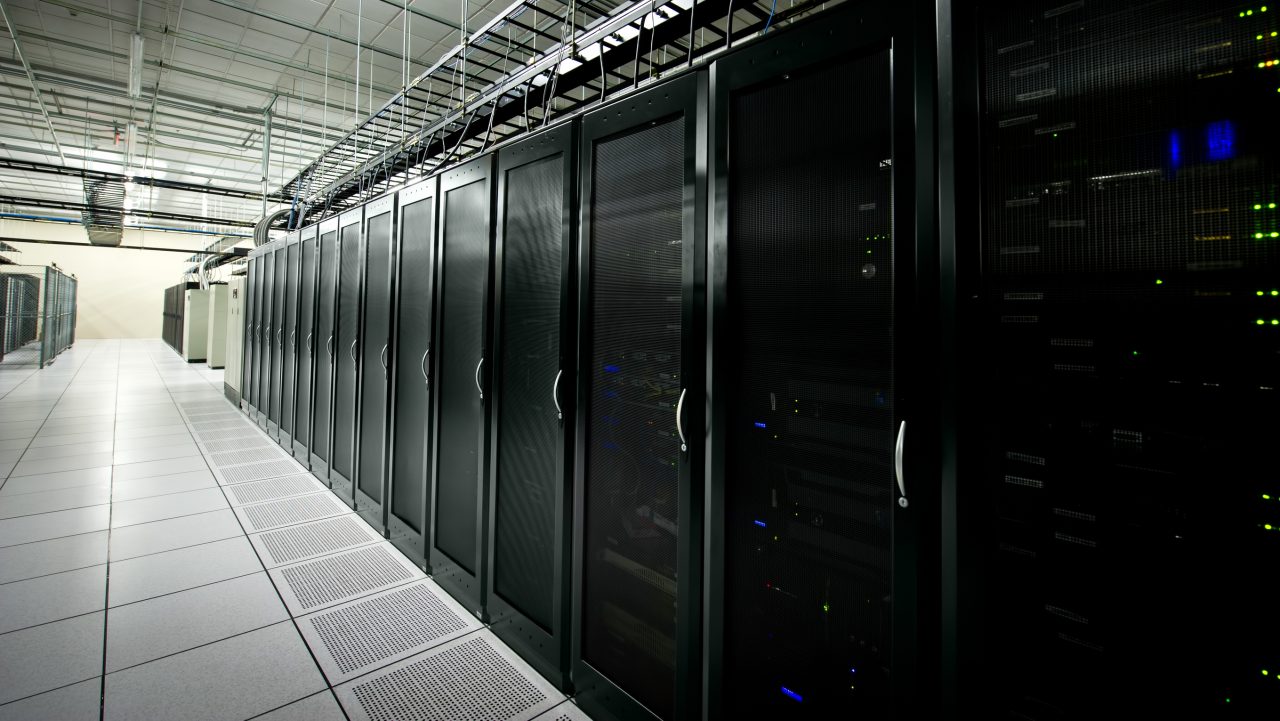Backup and replication are two of the most fundamental availability and disaster recovery (DR) technologies. While many businesses use these technologies, there’s a lot of confusion about their different roles for high availability and disaster recovery. While in some respects, these two technologies seem similar in their essence, the fundamental purpose behind them is very different.
On the surface, both backup and replication can copy a VM to a separate remote location and that copy can be used to restore or replace the original VM in the event of some type of failure. However, these technologies are actually designed with very different purposes in a mind and not surprisingly, they operate very differently.
Let’s take a closer look at each of these technologies to get a better idea of the role that each one plays in a disaster recovery scenario.
Backup for DR
Backup is the foundation of your disaster recovery plan. Backup captures the state of a given system at the time of the backup. Copies of the backup are usually archived and often moved offsite, enabling the business to use the backup copy to potentially restore your production servers in the event of some type of site failure or outage.
For optimum data protection, businesses are recommended to follow the 3-2-1 rule of backup which states your backups should have:
- 3- Have at least three copies of your backups2- Store the copies on two different types of media1-Keep one copy of the backup offsite
Three copies are important because more copies of your backup, this equates to less risk of failure to restore a backup. Likewise, using different storage media mitigates the risk of media failure which is one of the most common causes of failed restores. Finally, offsite backups provide protection from site failure. Backups can be archived for various amounts of time to help you to meet both recovery and regulatory requirements.
Of course, we know that restoring a backup can take a significant amount of time. Using the cloud as a backup source can definitely have an impact on your restore time. Restoring from the cloud to an on-premise system can be a fairly lengthy process because of the network/Internet latency involved. However, restore from a cloud backup to another cloud-based server can actually be quite fast.
Replication to Reduce RTO and RPOs
Replication serves quite a different purpose from backup. While backup is designed to provide data protection and archiving, replication is designed to reduce Recovery Time and Point Objectives (RTOs and RPOs) by providing very fast recovery.
RTOs essentially define the time it takes to recover from an outage while RPOs define the acceptable amount of data loss that a business can tolerate. With replication, changes to the source system or VM are captured and copied to one or more target systems. The target system can then be rapidly brought on-line in the event of the failure of the main server.
While some systems enable you to configure multiple recovery points, replication is not intended to store data for long periods of time. Having replication in place does not eliminate the need to perform backups. Replication is intended for fast VM recovery while backups provide an essential data archival function. Replication does not replace the need for backups.
Related Article:
- Why You Need to Create an Incident Response PlanFive Essential Disaster Recovery Test ScenariosProtect Your Organization’s Assets – Disaster Recovery with Azure Backup
The post Choosing a Disaster Recovery Technology: Backup vs. Replication appeared first on Petri IT Knowledgebase.


